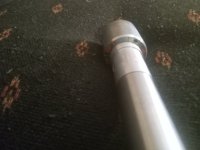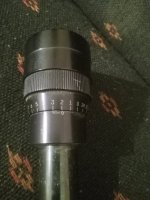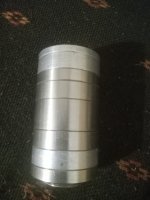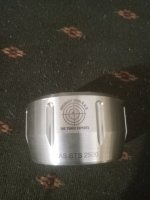I hope someone with the knowledge answers my last question above (I understand nobody “owes” me an answer).
I did finish
@timintx ’s interview vid with Erik Cortina. That was pretty cool!
For other noobs like me who happen upon this thread, here’s my summary:
Positive compensation means adjusting the rifle so the bullet exits the bore when the muzzle is flexing upwards.
This way, if you have a variation in bullet velocity (typical), at a certain distance any slower bullets will impact in the same spot as the faster bullets.
To realize any tuner benefits, one needs a very accurate gun to begin with plus the skills to shoot very very accurately. Otherwise all is for naught.
Then I’d briefly explain how to ascertain the correct tune (either via the tuner, by chopping the barrel, adjusting stock/barrel/scope weighting, using different bullets, or thinning the barrel, etc.) by shooting about six shots, each with a different powder charge. And then, after you’ve done that, there’s more about shooting two shots with vastly different fps at the range to ascertain…something. Need more coffee.
I couldn’t explain that last paragraph in detail without re-watching the video again.
Let me know if I got it wrong or if caveats are needed.
@timintx my only suggestion are to develop some simple illustrations showing barrel movement correlated with different powder charges and tuning adjustments.
An animation would really help…I noticed EC getting a bit puzzled as he tried to imagine the graph you made dynamically changing due to tuning.
Anyway, thanks for your hard work.







